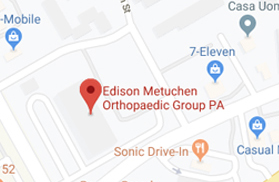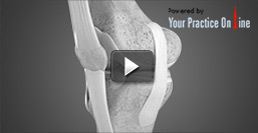Pain Management
Pain is an unpleasant feeling or discomfort caused by injury, illness or emotional disorder.
Pain can be differentiated into two basic types including:
- Acute Pain: It results from disease, inflammation, or injury. This type of pain starts suddenly, for example, after accidental trauma or surgery.
- Chronic Pain: It is caused by a disease itself. Both environmental and psychological factors can worsen it. It persists for a longer period of time.
Diagnosis
Your doctor will make a diagnosis based on the history of pain you have narrated such as type of pain – whether sharp or dull aching pain, duration and location of pain.
There are various diagnostic techniques used to find the cause of pain, and some of them include:
- Electro diagnostic procedures:
- Electromyography (EMG): help to find out which muscles or nerves are affected by weakness or pain
- Nerve conduction studies: determine if there is any nerve damage
- Evoked potential (EP): used to record the speed of nerve signal sent to the brain
- Imaging, especially magnetic resonance imaging (MRI) is the use of magnetic waves to differentiate diseased and healthy tissues.
- A neurological examination involves testing for movement, reflexes, sensation, balance, and coordination.
- X-rays
Treatment
The ultimate goal of pain management is to improve the function of an individual by enabling him to carry out his day-to-day activities in a normal way. Pain management involves treatment of the underlying disease and pain relief using medications and alternative techniques.
The many ways by which pain can be treated include:
- Medications: Some of the medications that can relieve pain include NSAIDs, narcotic analgesics (relieve acute pain, such as pain that is felt immediately following an injury or a surgical procedure), antidepressants, anti-anxiety drugs, antimigraine drugs and anesthesia. These medications should be taken only on doctor’s advice as they can cause serious adverse effects.
- Physical therapy: Physical therapy involves use of physical techniques and methods, such as exercise, massage and acupuncture, in the treatment of certain chronic pain conditions. These techniques help to increase function, control pain, and rehabilitate the patient. Regular exercises relieve stress and also increase the production of endorphins, which are natural pain relievers.
- Psychological evaluation and therapy: Psychological counseling such as behavioral therapy improves your mental health and manages conditions such as stress and depression which can aggravate chronic pain. It is important to be physically as well as emotionally stable to manage chronic pain.
 Menu
Menu






